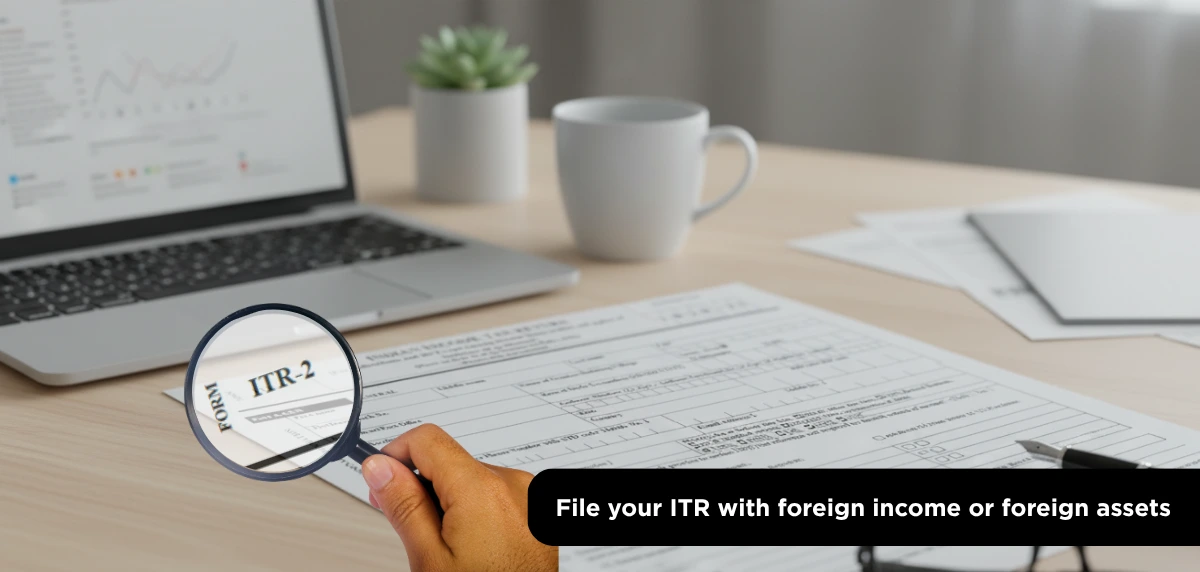Tax Collected at Source (TCS) is a mechanism by which the Government of India collects tax at the point of certain transactions. One such transaction is the transfer of funds abroad. Indian residents remit money overseas for many reasons, such as education, investment, travel, and even to pay life insurance premiums held with foreign insurers. Awareness of TCS on foreign remittance helps both insurers and policyholders manage costs and compliance.
What is TCS on Foreign Remittance?
Under Section 206C(1G) of the Income Tax Act, authorised dealers must collect TCS on foreign remittances above a specified threshold. If you send more than ₹7 lakh in a financial year under the Liberalised Remittance Scheme (LRS), the dealer collects TCS before remitting the funds. The standard rate is 5% of the amount exceeding ₹7 lakh. For education purposes, the rate is lower at 0.5%. This applies to all approved remittances, including those for paying insurance premiums to foreign insurers and repatriating maturity proceeds earned abroad.
Why it Matters for Life Insurance?
Many Indian life insurers offer unit-linked plans that invest partially in global equities and bonds. When these funds are redeemed, or when policyholders receive maturity or surrender proceeds in foreign currency, TCS foreign remittance rules kick in. Likewise, non-resident Indians (NRIs) and resident Indians buying policies or topping up premiums overseas must account for TCS on remittance at source. Failure to plan for TCS can lead to cash-flow strain at the time of premium payment or benefit receipt.
Thresholds and Rates
- Annual Threshold: ₹7 lakh under LRS
- Standard Rate: 5% on the remittance amount above threshold
- Education Rate: 0.5% for approved educational remittances
- Tour Packages: 5% for overseas tour bookings
- Other Categories: As notified by the Central Board of Direct Taxes (CBDT)
Insurers and authorised dealers calculate TCS for foreign remittance at the time of each transaction. The cumulative remittance in a financial year determines whether the threshold is breached.
How to Claim TCS Credit?
The TCS withheld is reflected in Form 26AS. Policyholders can claim this credit against their total tax liability when filing an income tax return. If excess TCS was collected, a refund is issued as part of the assessment process. To facilitate this:
Step 1. Insurers must furnish a TCS certificate in Form 27D within fifteen days of the quarter’s end.
Step 2. Policyholders should download Form 26AS from the income tax e-filing portal.
Step 3. During return filing, the TCS amount shows under “Tax Paid.”
Timely documentation avoids disputes and ensures seamless credit of TCS against tax dues.
How to Minimise TCS on Foreign Remittance?
While TCS is compulsory, you can plan to reduce its impact. Some of the ways you may be able to do so are:
Step 1. Apply for a Lower Rate Certificate
Under Section 197, you may obtain a certificate from your assessing officer to reduce or waive TCS if your estimated total income is below the taxable limit. This is the most direct method to minimise how to avoid TCS on foreign remittance.
Step 2. Stagger Transactions
Spread your remittances across two financial years so that each fall below ₹7 lakh. This can help you avoid breaching the threshold. Be mindful of exchange-rate fluctuations and insurance renewal schedules.
Step 3. Choose Payment Routes Carefully
Some payments, like medical treatment abroad, may attract different TCS rates or exemptions. Always check the latest CBDT notifications before initiating a remittance.
Role of Insurers in Customer Education
Life insurers must keep policyholders informed about foreign remittance TCS. Best practices include:
- Updating policy documents with clear TCS clauses
- Displaying expected TCS at the time of online premium payment
- Training customer-service teams to explain TCS implications
- Providing e-certificates (Form 27D) promptly after each quarter
Such steps build trust and reduce service calls related to unexpected tax deductions.
In today’s globalised environment, many life insurance investments span borders. As policyholders send premiums abroad or receive benefits in foreign currency, understanding TCS on foreign remittances becomes essential. By knowing the rates, thresholds and credit mechanisms, you can manage your cash flow effectively. Practical planning—such as applying for lower-rate certificates and staggering transactions—helps you control immediate outflows. Life insurers, in turn, must educate customers and streamline TCS processes. Together, clear communication and informed strategy ensure that TCS works as a predictable, rather than punitive, component of your international insurance transactions.





















